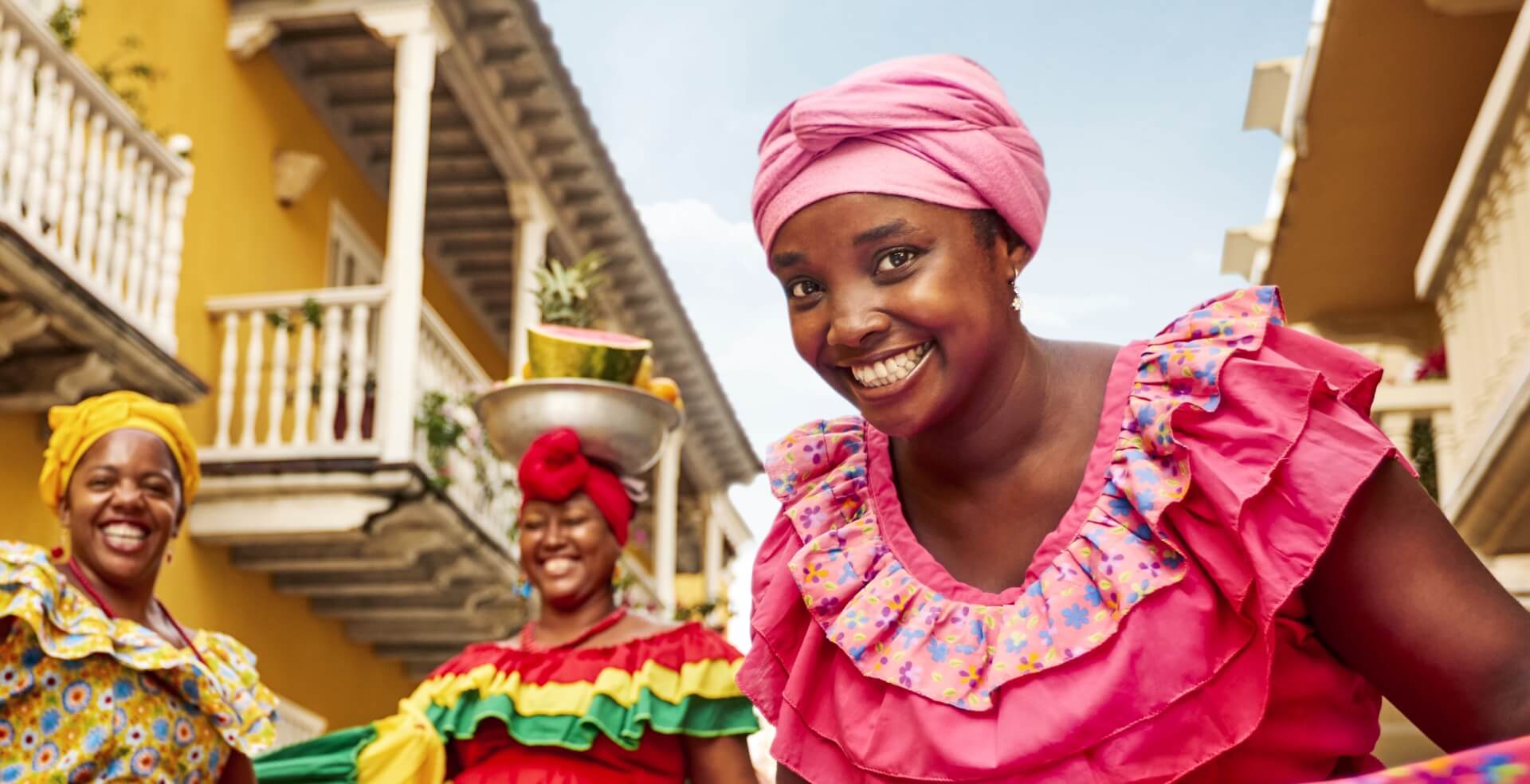One of Colombia’s many attractions is the fact visitors can escape the predictability of daily life and lose themselves in rich and verdant landscapes, teeming with life.
Nuquí, on the Colombia Pacific coast, is one such destination. It’s a rare enclave, surrounded by jungle and haunted by the cries of animals and the roar of distant waves.
It’s also a place of tranquility, interwoven with the ocean and yet separate, thanks to the deep jungles that isolate this small town from the country and indeed the world outside.
Few places on earth offer such a profound opportunity to disconnect and adjust your senses to the rhythms of natural landscapes, whilst learning something of Colombia’s past and recent history and the people behind its fascinating handicrafts.

You may also be interested in: Behind the charms of the most welcoming country in the world
Here we examine some of the many reasons to visit Nuquí.
Explore beaches that merge the jungle with the sea
Nuquí is a municipality in the department of Chocó Colombia, on the shores of the Pacific ocean, and sits at the point where the thick, imposing jungle meets the wild and unforgiving sea.
Its spectacular beaches act as a transition point, a rare moment of peace between two entirely different eco-systems that provide unimaginable 360-degree views.
A walk on beaches, and through villages, such as Guachalito, Coqui, Jovi, Termales, and Morromico – particularly at dawn or dusk – offers a rare moment of contemplation in one of the most visually stunning areas of Colombia.
You may also be interested in: Nuquí: whales and fishermen
Learn more about diverse peoples and long-standing cultures
Nuquí brings together people of different ethnicities whose shared heritage represents an important part of Colombia’s history, including injustices past and present.
Several groups from Black communities first moved to this part of the Colombian Pacific because of the rubber industry. Today, their descendants are fishermen and women, craftspeople, or work in tourism – three pillars of the region’s economy.
When the Black communities first arrived, they found that several indigenous tribes from the Embera group were already settled in Choco, in small jungle communities situated at some distance from one another The Black migrants formed larger groups, and came to consolidate the largest towns in the region.
The majority of residents in Quibdo, the departmental capital, are Black and much of the region’s culture, arts and cuisine have passed down through the generations, including the hair artistry practised by specialist stylists – which echoes the escape maps enslaved people weaved secretly into their hair in previous centuries – and recipes for aromatic fish dishes, in particular, which take advantage of local condiments and, of course, the sea.

You may also be interested in finding out more about standout Colombian species, including the country’s abundant birdlife.
Understand the history woven into the region’s crafts
Artistry and handicrafts are central to the region’s culture and identity, and offer an enchanting opportunity to browse and admire this skilled and careful work, as well as purchase one-of-a-kind gifts for friends and family back home.
One standout example of local crafts is the werregue plates, bowls, baskets and pots weaved by the women of the Wuanana indigenous people. This female-dominated workmanship relies on the fiber from the buds of the wérregue palm.
The women dye, roll and sew the fibers with a needle, creating stunning individual pieces that combine the original white color of the werregue fiber with natural vegetable dyes, such as the reddish achiote seed and the black juice of the jagua fruit.
The works are patterned with geometric shapes or symbolic representations of men and women and the region’s flora and fauna. It can take thirty to sixty days to prepare, dye and weave a single one of these vases and the women’s work is so exact that the finished product can be used to transport water.
Visitors can also find tagua craft-work – jewellery, buttons, ornaments, knife handles, dice and even chess pieces made from the so-called ‘vegetable ivory’ or tagua nut, which comes from the seeds of palm trees in the region.
Nuqui wildlife to watch out for
Nuqui is home to diverse wildlife, particularly rare amphibians and birds.
The brightly-colored Kokoe poison dart frogs are one of the most distinctive examples. The species of these shy frogs found near Nuqui are incredible to observe, with their vivid black and red skin pattern, but they are highly-poisonous to touch. It’s best to admire them from a safe distance in the company of a trained tour guide.
Visitors may also see some of the 650 bird species that inhabit the Colombian Pacific.

How to get to Nuquí
Nuquí can be reached by air from Medellín or Quibdó, the capital of the department.
It’s best to travel to the area’s various beaches by motor boat or on foot, depending on the time of day or the level of the tide. Seek advice from a local tour guide.
If you are wondering where to stay and where to eat in Nuquí, the town is full of possibilities, with an option to suit every taste.
You may also be interested in: Destinations with amazing nature















